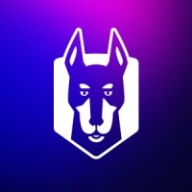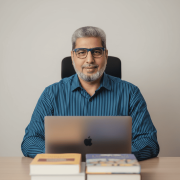

Sysdig Secure and Snyk compete in the cloud security domain, showcasing distinct advantages. Sysdig Secure is leading in continuous monitoring with robust features, whereas Snyk stands out in application security, favored for its comprehensive features, despite higher pricing.
Features: Sysdig Secure features advanced runtime vulnerability scanning, robust anomaly detection, and extensive Kubernetes monitoring. Snyk offers real-time scanning, precise code analysis, and seamless IDE integration that aids developers during the coding process.
Room for Improvement: Sysdig could improve support for multi-cloud environments, enhance integration capabilities with non-Kubernetes platforms, and optimize user experience for non-technical teams. Snyk could expand its vulnerability database, provide more detailed vulnerability reporting, and offer better pricing options for small-scale enterprises.
Ease of Deployment and Customer Service: Sysdig Secure integrates effortlessly with Kubernetes, simplifying deployment for container-focused DevOps teams, with responsive customer support. Snyk enables easy integration with developer tools for a quick setup and provides proactive support to enhance the customer onboarding experience.
Pricing and ROI: Sysdig Secure delivers a cost-effective solution with solid ROI through its monitoring offerings, appealing to budget-conscious enterprises. Snyk, although priced higher, justifies its cost with enhanced vulnerability management and developer-centric integrations, offering significant value for the investment.
| Product | Market Share (%) |
|---|---|
| Snyk | 5.2% |
| Sysdig Secure | 2.7% |
| Other | 92.1% |


| Company Size | Count |
|---|---|
| Small Business | 20 |
| Midsize Enterprise | 9 |
| Large Enterprise | 21 |
| Company Size | Count |
|---|---|
| Small Business | 5 |
| Midsize Enterprise | 2 |
| Large Enterprise | 3 |
Snyk's AI Trust Platform empowers developers to innovate securely in AI-driven environments, ensuring rapid and secure software development with enhanced policy governance.
Snyk’s platform integrates AI-ready engines across the software development lifecycle, offering broad coverage with high speed and accuracy essential for fast-paced coding environments. AI-driven features include visibility, prioritization, and tailored security policies that enable proactive threat prevention and quick remediation. By focusing on LLM engineering and AI code analysis, Snyk supports secure and productive development processes. The platform's partnerships, including GenAI code assistants, enhance AI application security by addressing new threats and code velocity challenges.
What are the key features of Snyk?Snyk is implemented across industries focusing on agile development and DevSecOps, enhancing software delivery speed and security. It is widely used for continuous monitoring and adherence to security and licensing standards, especially in environments relying on Docker image security and CI/CD pipeline integration.
In the cloud, every second counts. Attacks move at warp speed, and security teams must protect the business without slowing it down. Sysdig stops cloud attacks in real time, instantly detecting changes in risk with runtime insights, a unique AI architecture, and open source Falco. Sysdig delivers live visibility by correlating signals across cloud workloads, identities, and services to uncover hidden attack paths. By knowing what is running, teams can prioritize the vulnerabilities, misconfigurations, permissions, and threats that matter most. From prevention to defense, Sysdig helps enterprises move faster and focus on what matters: innovation.
Sysdig. Secure Every Second.
We monitor all Container Security reviews to prevent fraudulent reviews and keep review quality high. We do not post reviews by company employees or direct competitors. We validate each review for authenticity via cross-reference with LinkedIn, and personal follow-up with the reviewer when necessary.